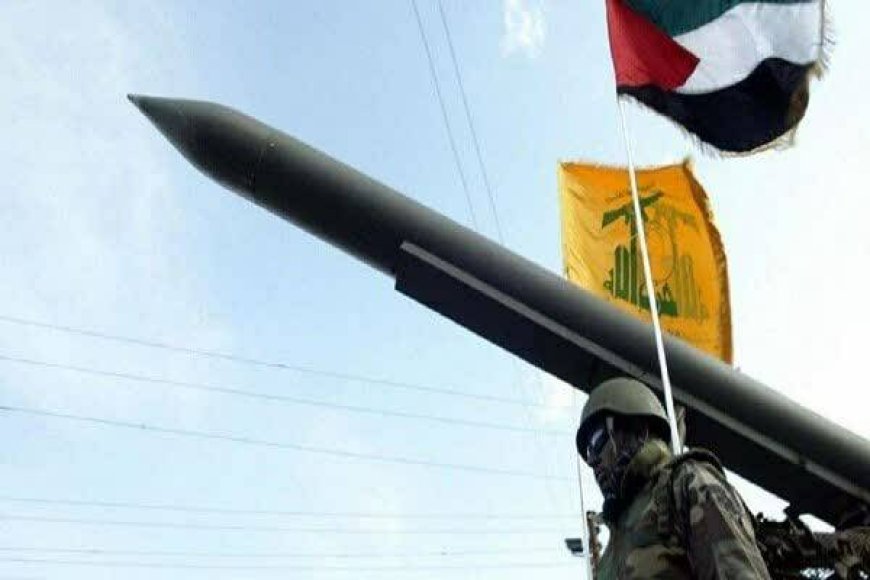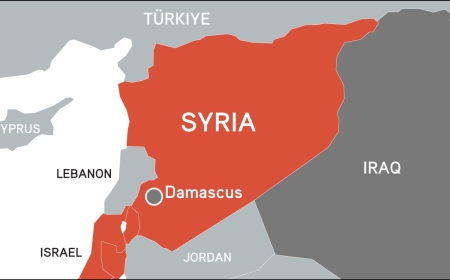Escaping the Inferno: The Exodus of Zionist Settlers Amidst Hezbollah's Missile Attacks

Following Operation Al-Aqsa Storm and the relentless barrage of ballistic missiles by Lebanon's Hezbollah targeting the northern reaches of occupied Palestine [Israel], a new reality has emerged for the Israeli leadership: the specter of tens of thousands of refugees. The precise strikes by Hezbollah on Israeli military outposts have triggered a mass exodus of Israeli settlers from northern Israel, a phenomenon that has only intensified as the attacks persist and expand in scope. Notably, the repercussions of these missile strikes have not been confined to northern Israel; a significant number of Israelis in areas surrounding the Gaza Strip have also found themselves ensnared in the turmoil, similar to their fellow Zionist settlers in the north.
In a decree addressing the situation on the northern front, the Israeli regime mandated the evacuation of residents in settlements within a 5-kilometer radius of the Israel-Lebanon border, offering alternative accommodations at the government's expense. Fast forward over seven months into the conflict-ridden landscape of the besieged Gaza Strip. With no respite looming in sight from Hezbollah’s assaults in the north and the highly possible scenario of escalating tensions, the unfolding crisis of Israeli refugees has metamorphosed into an utter sociopolitical catastrophe for Israeli officials, as blame and discontent now swirl around the cabinet of beleaguered Prime Minister Benjamin Netanyahu, with displaced settlers condemning the government's complete indifference to their misery.
The precarious security crisis in the northern Israeli regions, punctuated by Hezbollah's nonstop offensives as well as attacks by Syria-based resistance groups, has fostered a climate of fear and uncertainty among the displaced Israelis, blocking their return to their colonies near the Lebanese borders. Compounding these anxieties are the financial strains weighing heavily on the Israeli economy amidst the state of war, exacerbating the challenge of meeting the needs of the growing refugee population. The lack of a clear roadmap for the displaced settlers further fuels the sense of dislocation and despair.
Beyond the immediate concerns of security and economic sustainability, a cascade of social and psychological ramifications ripples through the displaced community. Reports from the Israeli Ministry of Welfare paint a grim picture of fatigue, restlessness, and interpersonal tensions festering among the refugees, deteriorated by the cramped and insalubrious living conditions in hotels designated as their temporary shelters. Reports indicate rising incidents of violence, vandalism, and discord in communal spaces, while children and youth grapple with heightened risks in the chaotic environment.
In a glaring illustration of this deepening crisis, a recent report underscores the worsening health and mental well-being of some 100,000 displaced settlers left adrift without shelter. Mounting instances of fractured familial bonds underscore the magnitude of societal challenges confronting the displaced populace, a plight poised to evolve into a point of no return that could strain the very fabric of the Jewish State.
As the situation in Israel teeters on the brink of social upheaval, the confluence of deprivation, dislocation, and despair among the displaced Zionists poses a potent threat to the fragile equilibrium in the occupied territories. Should the trajectory persist unchecked, the scenario of street protests and civil unrest appears highly possible.













































